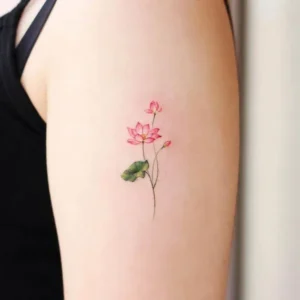
Unearthing the historical account of the Haraldskaer woman in the annals of archaeology.
Archaeology k6orgnew27
Discovered in 1835 during peat excavation, this Iron Age bog body was initially believed to be recently deceased.
In 1835, as farmers were excavating peat on a Jutland farm in Denmark, they stumbled upon the well-preserved body of a woman lying face up in a swamp.

Upon removing the layers of branches obscuring her figure, the farmers discovered the woman in a state of undress, adorned with a leather cloak and woolen garments neatly folded over her abdomen. Despite the antiquated attire, the farmers, deceived by the remarkably well-preserved condition of the body, initially believed that the woman had met her demise recently.
The bog body has since found its permanent residence in the Vejle Cultural Museum.

Upon transport to the laboratory for a more in-depth analysis, forensic biologists were astounded by the remarkably well-preserved skin of the body, exhibiting a deep tan attributed to peat tannins.
Every organ within the body remained intact, showing no signs of degenerative disease. Medical experts determined that the individual was approximately 50 years old at the time of his demise in 490 BC, with a height of around 4’11”.
In the year 2000, scientists revisited the case of the Haraldskaer Woman (named after the farm of discovery) and, upon examination of her stomach contents, revealed a diet primarily consisting of hulled millet and blackberries.

Furthermore, a distinctive bruise encircling the neck indicated that a rope had previously been tied in that area. The scientists hypothesized that the woman had already succumbed to death before the branches fell, subsequently trapping her deeper within the swamp.
Given her state of undress, deliberate positioning in the swamp, and considering that cremation was the prevailing method of interment during that period in Jutland, scientists concluded that the Haraldskaer Woman was a likely victim of a religious sacrifice.

The Haraldskaer Woman now rests in an ornately carved sarcophagus in the Church of St. Nicolai in Vejle, Denmark. zzz. There is only a simple glass covering the body; It appears to rest peacefully as visitors from around the world pay homage to one of the only human remains from the Iron Age.
The mummy has been transferred to the Vejle Culture Museum. (Update December 2021)





